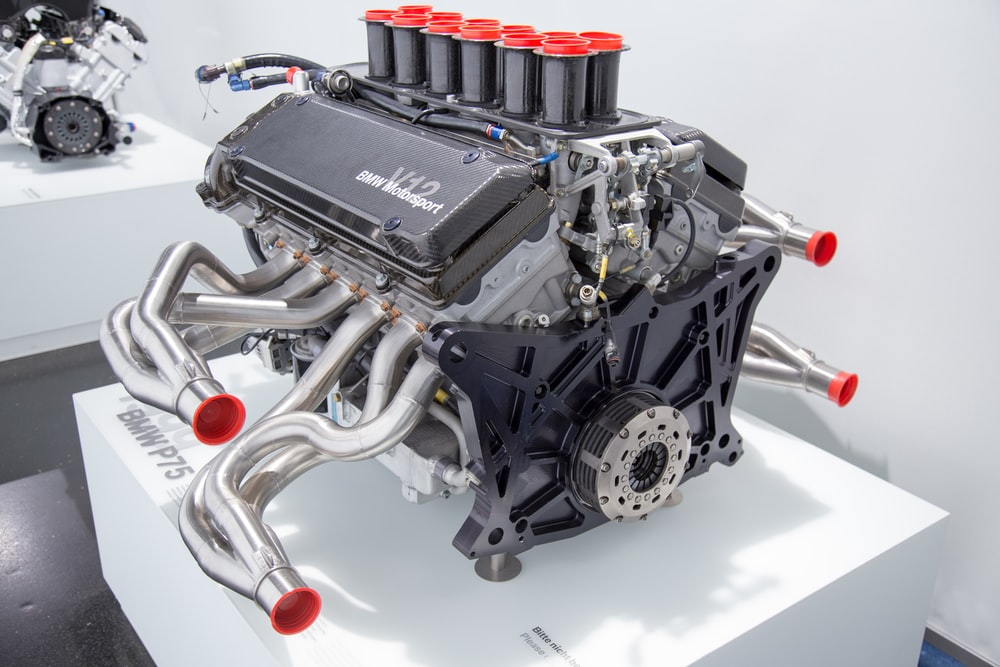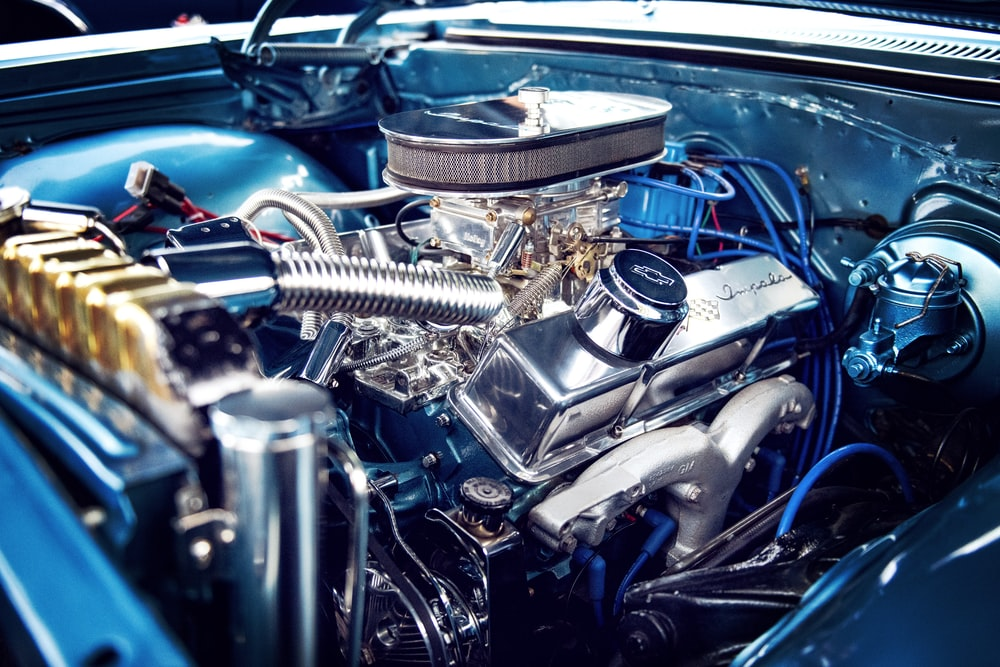For orders and details please call 726-999-0231
ECM vs. PCM: Everything You Need to Know
The computing modules of a modern vehicle contain an Electronic Control Module (ECM) and a Powertrain Control Module (PCM). Although the two terms may be used interchangeably, there are a few minor differences that set the two modules apart.

If you are confused between the functions of ECM and PCM, you should continue reading this blog.
What is an engine control module (ECM)?
The engine control module, also known as the engine control unit (ECU), is a computer system that collects sensory data from different parts of your vehicle, processes it, and sends electronic signals to your car’s mechanisms so that it can perform better.
For example, your car’s ECM will gather information from its cooling system, intake, exhaust, and other essential components. It will then dispense commands based on this data and help your vehicle improve its performance. This includes its fuel efficiency, throttle position, ignition timing, and fuel injection timing.

What is a powertrain control module (PCM)?
A powertrain control module is responsible for all your vehicle’s functions, including its transmission control and the functions of your main engine. PCMs are manufactured to coordinate every essential task, improving the car’s power delivery and fuel economy. A PCM is a holistic system. For example, the PCM ensures smoother gear transmissions when you shift gears by adjusting the throttle position.
For most of your vehicle’s functions, the ECM and PCM both function independently. The two modules may work together and share their data to perform similar functions and make your vehicle more efficient.
Transmission control module (TCM)
Apart from the PCM and ECM, there is another control module called the transmission control module (TCM), which works closely with the ECM. This module uses the sensory data to determine the transmission timing of your car’s gears.
Over the last few years, the functionality of the TCMs has greatly improved by adding inputs from the throttle and traction controlling system and the cruise control resulting in better transmission.
Both automatic and manual vehicles with dual-clutch have a TCM. However, traditional cars with a manual transmission don’t have TCMs.
Get your ECM repaired or replaced at CAT ECM
If your car’s ECM is failing and not functioning properly, we can help you. CAT ECM offers a range of ECM products and services, including ECM upgrades, truck ECM replacement, car ECM repair, ECM reprogramming, and much more.
Contact us today to learn more about our services.

